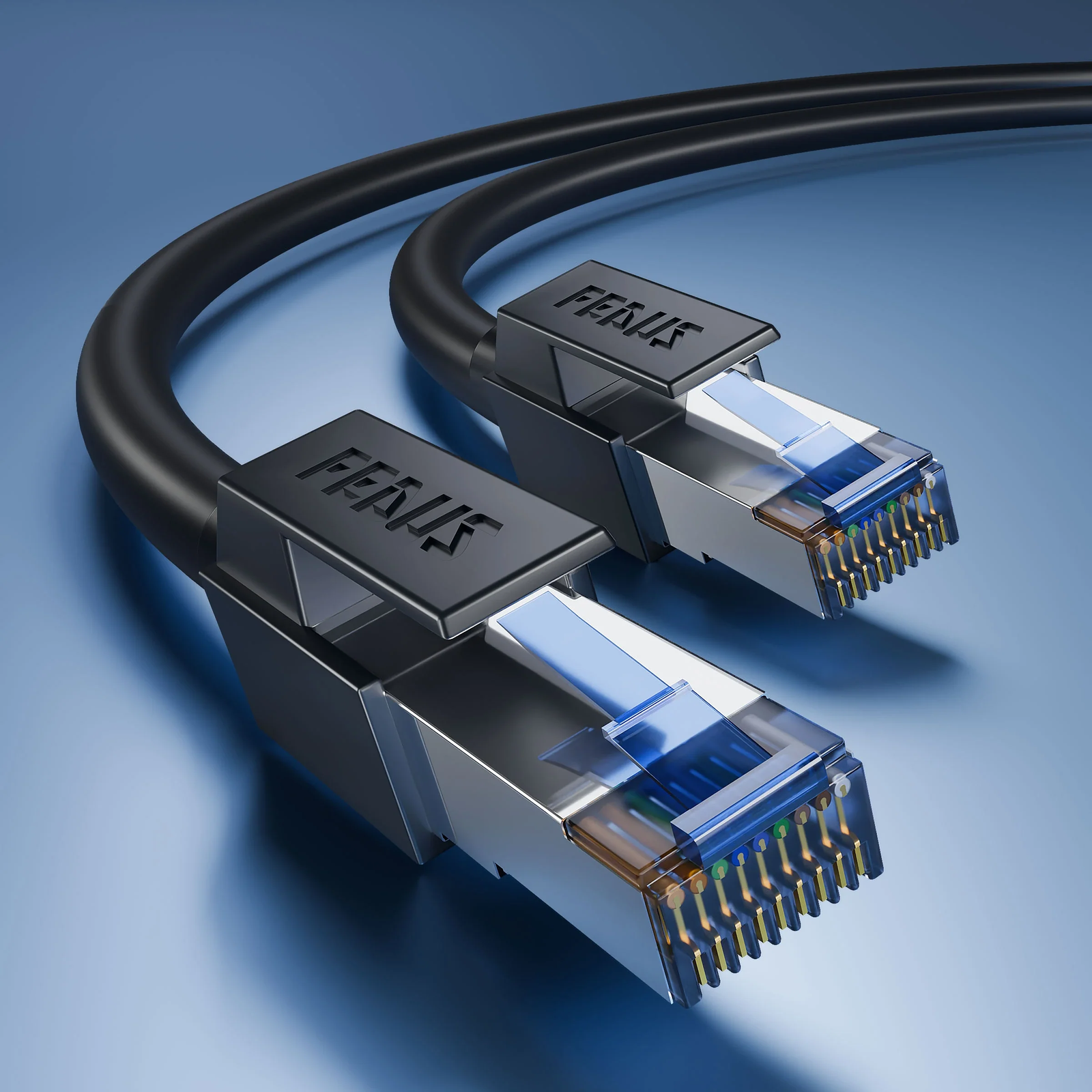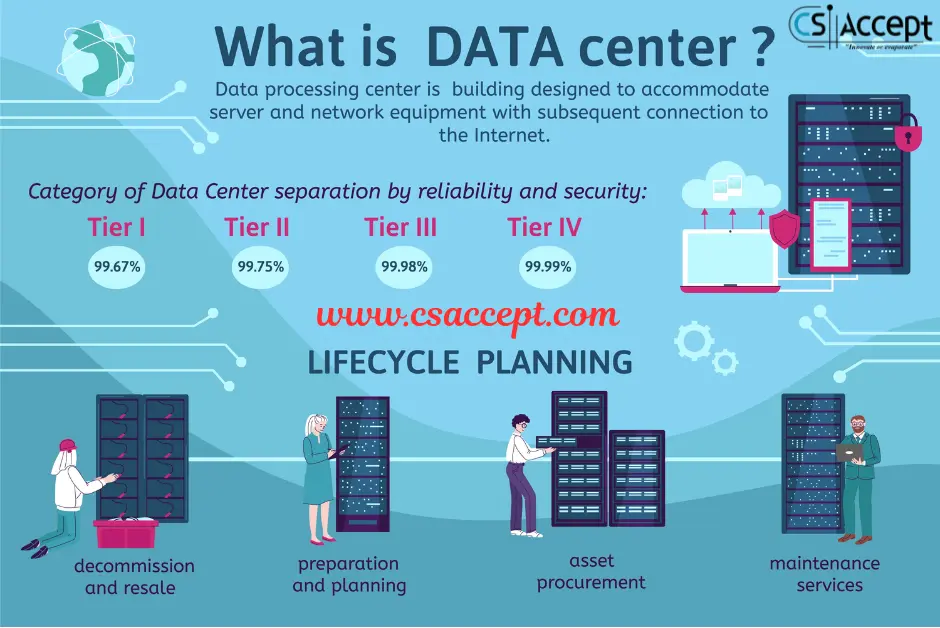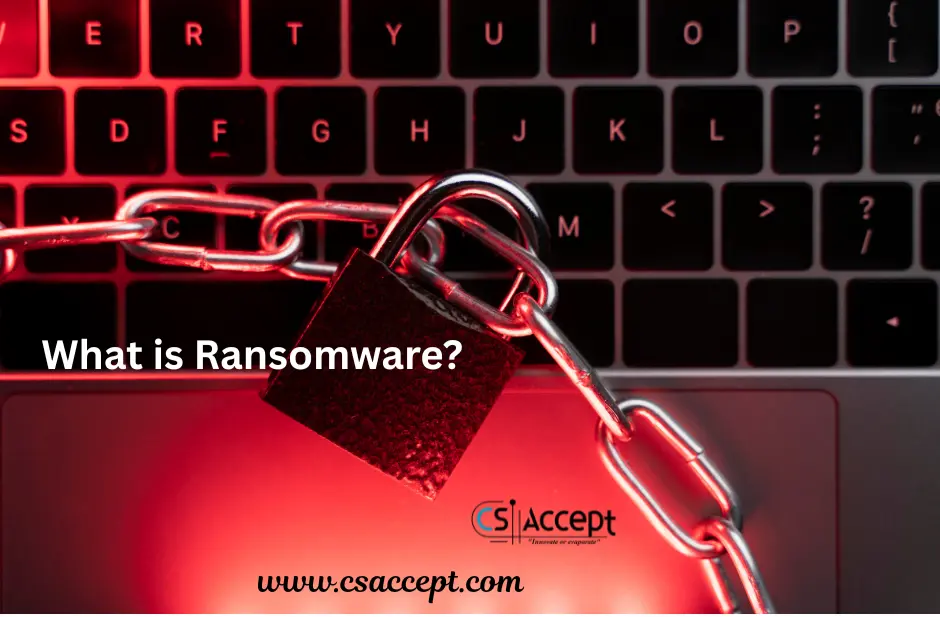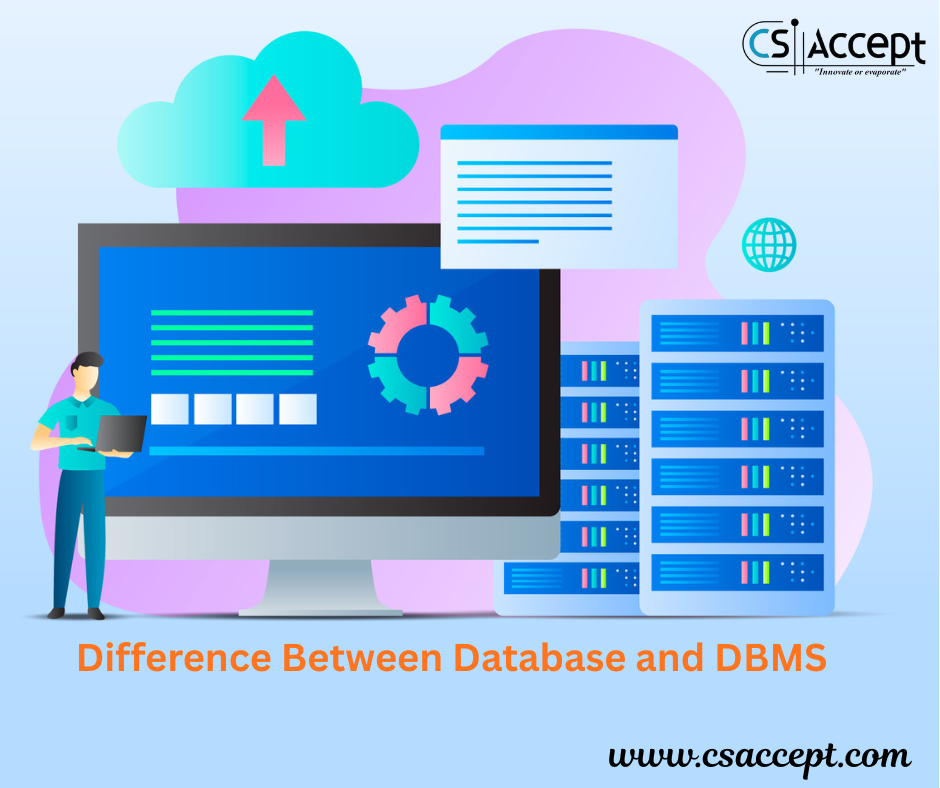
CAT 6, short for Category 6, is a standard twisted pair cable for Ethernet and other network physical layers. It is commonly used in both residential and commercial network installations.
1. Technical Specifications
| Feature | Details |
|---|---|
| Maximum Data Rate | 10 Gbps (Gigabits per second) |
| Maximum Bandwidth | 250 MHz |
| Maximum Length for 10 Gbps | 55 meters (180 ft) |
| Maximum Length for 1 Gbps | 100 meters (328 ft) |
| Cable Construction | 4 twisted pairs of copper wire |
| Shielding | Available in UTP (Unshielded Twisted Pair) and STP (Shielded Twisted Pair) |
| Connector Type | RJ-45 |
2. How It Works
CAT 6 cables transmit data using electromagnetic signals over copper wires. The twisting of the pairs reduces electromagnetic interference (EMI) and crosstalk (signal bleeding between wires).
Compared to CAT 5e:
- CAT 6 has tighter twists.
- Often includes a plastic spline in the center to separate pairs and reduce interference.
- Offers higher bandwidth and faster speeds.
3. Use Cases / Examples
Example 1: Home Network
- Scenario: A homeowner wants to stream 4K videos and play online games.
- Setup: CAT 6 cables run from a router in the living room to PCs and a smart TV.
- Result: Reliable 1 Gbps speeds with low latency.
Example 2: Office Environment
- Scenario: A small business with 25 workstations requires a fast, reliable LAN.
- Setup: CAT 6 cable is used for all Ethernet connections between computers and a 10 Gbps switch.
- Result: High-speed data transfer, VoIP, and smooth video conferencing.
Example 3: Data Center
- Scenario: A server rack with multiple connections to backup servers.
- Setup: Short CAT 6 patch cables (under 55m) used to achieve 10 Gbps speeds.
- Result: Fast data replication and backups.
4. Comparison with Other Ethernet Cables
| Category | Max Speed | Max Bandwidth | Max Distance (1 Gbps) | Shielding |
|---|---|---|---|---|
| CAT 5e | 1 Gbps | 100 MHz | 100 m | UTP |
| CAT 6 | 10 Gbps (up to 55 m) | 250 MHz | 100 m (at 1 Gbps) | UTP/STP |
| CAT 6a | 10 Gbps | 500 MHz | 100 m | STP |
| CAT 7 | 10 Gbps | 600 MHz | 100 m | STP |
| CAT 8 | 25–40 Gbps | 2000 MHz | 30 m | STP |
5. Installation Tips
- Avoid bending the cable too sharply.
- Keep CAT 6 cables away from electrical lines to reduce EMI.
- Use certified CAT 6 keystone jacks and patch panels for best performance.
- Maintain cable lengths under 55 meters if 10 Gbps speed is required.
6. Types of CAT 6
- CAT 6 UTP (Unshielded Twisted Pair)
- Cheaper and easier to install.
- Suitable for most home and office use.
- CAT 6 STP/FTP (Shielded/Foiled Twisted Pair)
- Contains shielding to prevent interference.
- Ideal for industrial environments or where EMI is a concern.
7. Standards and Certification
- Defined by TIA/EIA-568-C.2 standards.
- Must pass stringent near-end crosstalk (NEXT) and return loss tests.
- Use Fluke testers for certification during installation.
Summary
CAT 6 is a high-performance Ethernet cable suitable for modern networks requiring 1–10 Gbps speeds. It balances speed, cost, and ease of installation, making it a popular choice for both homes and small to medium businesses.







